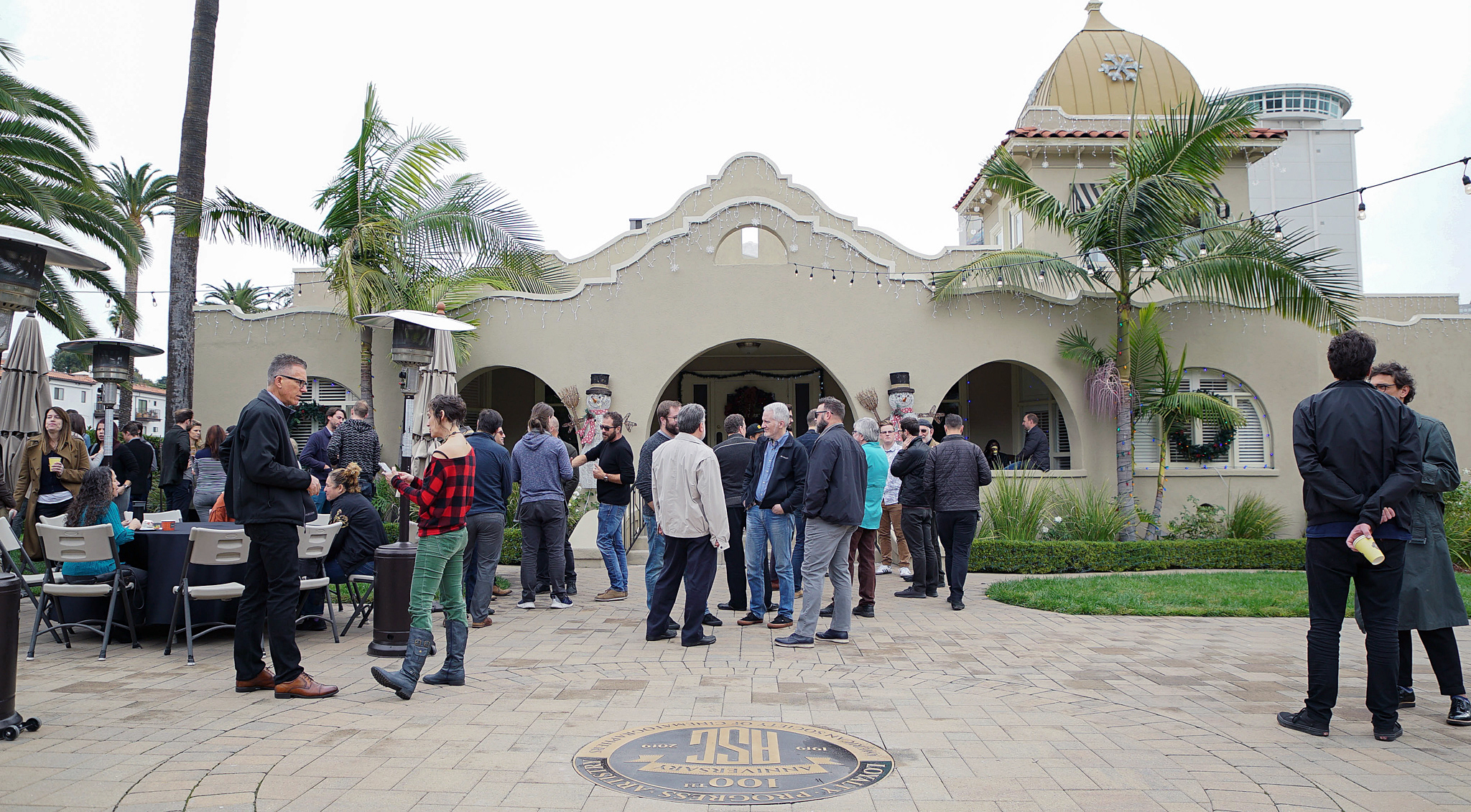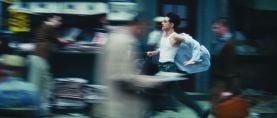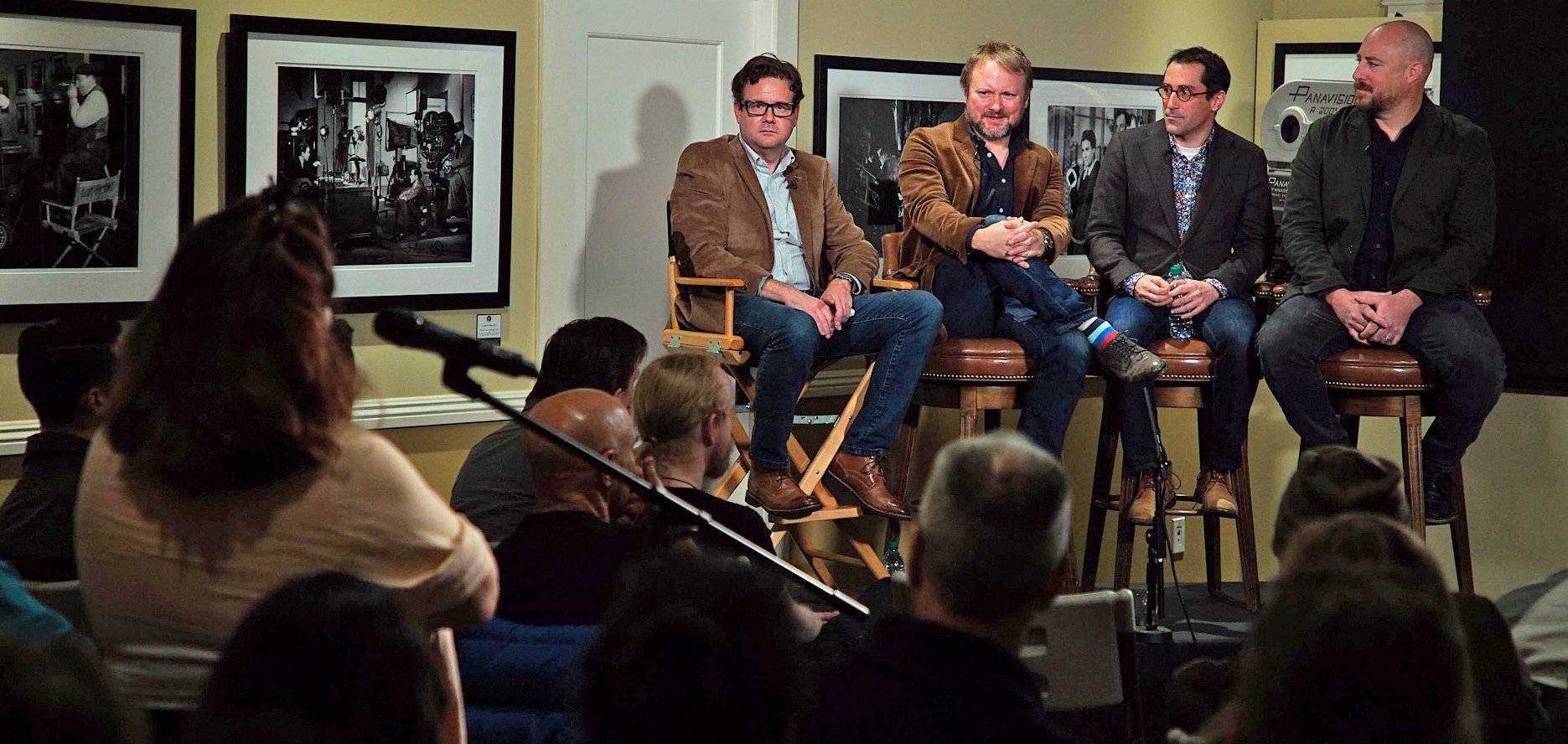
Clubhouse Conversation: Steve Yedlin, ASC on Knives Out
Open to the public, this exclusive panel discussion included writer-director Rian Johnson and colorist Aidan Stanford.

Steve Yedlin, ASC recently visited the historic ASC Clubhouse in Hollywood for a discussion about his work on the comedic crime drama Knives Out. Yedlin was joined by longtime collaborators Rian Johnson and colorist Aidan Stanford of FotoKem's Keep Me Posted. The conversation was led by frequent American Cinematographer contributor Jim Hemphill.
ASC members in attendance included Charlie Lieberman, Stephen Lighthill, Jaron Presant and Rodney Taylor, as well as Society associate members Michael Brodersen and Dana Ross.
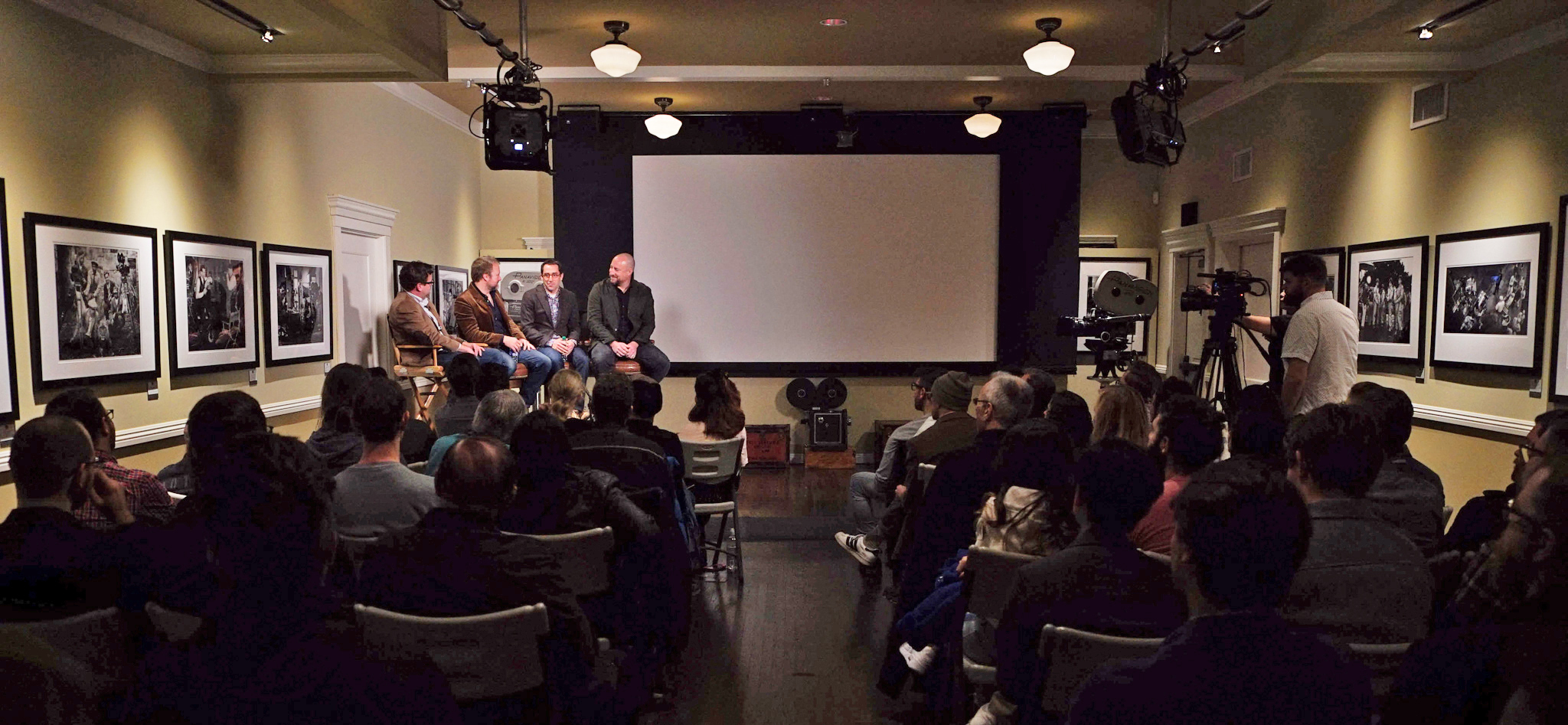
Knives Out is a modern take on a whodunit mystery of a family gathering gone awry following the patriarch’s death. Written and directed by Johnson, the picture was photographed on an Arri Alexa Mini with Zeiss Master Primes and Panasonic zoom lenses.

Yedlin and Johnson spoke of their longtime collaboration that was built out of friendship — the two have been friends since Johnson was a freshman in college and Yedlin was a senior in high school. Knives Out marks the fifth collaboration for the filmmakers — their other projects include Star Wars: The Last Jedi, Looper, Brick and The Brothers Bloom.
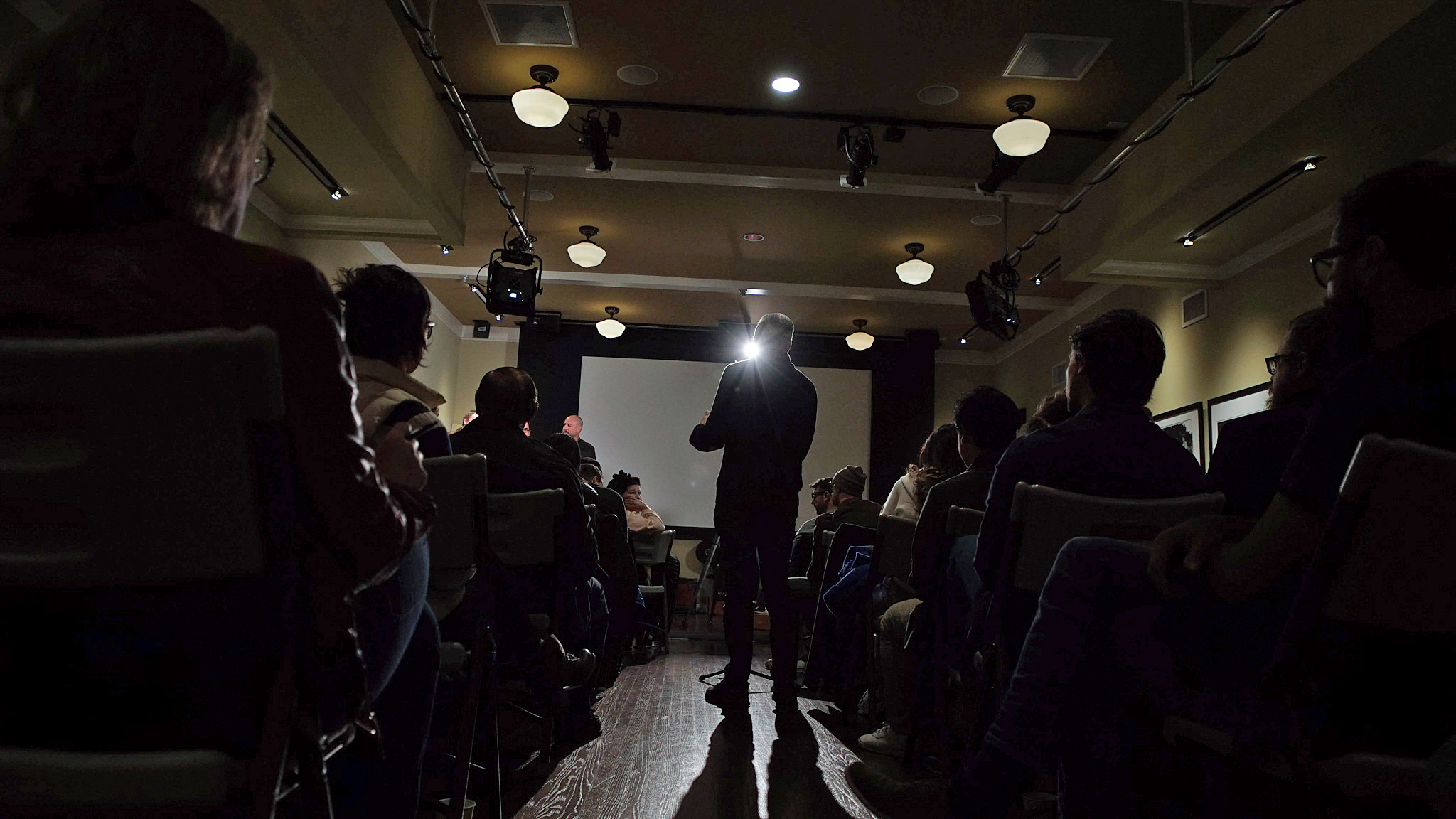
The collaborators discussed their use of storyboards during prep. Johnson described them as simplistic in terms of design, but complex enough to convey the visual, successful in showcasing what is “conceptually important” about telling the story.
“They didn't have the false precision that you sometimes get from professional storyboards and which can sometimes be problematic,” Yedlin later elaborated. “What’s great about them is that they convey only the backbone of the concept without any unnecessary details that may or may not be meant to be ignored.”
Johnson joked that the best description on their professional relationship and process is that they have a short conversation where Yedlin suggests something and Johnson replies, “Yeah, you’re right.”

Hemphill asked Yedlin about the importance of the discussion he had with the first AD about lighting and time of day. Yedlin spoke of their use of magic hour lighting and noted that Knives Out is the biggest contribution he has seen a first AD make to the look of a movie.
When the discussion turned to camera and lens choices, Yedlin spoke of the series of five distinct algorithms he used to create the look he and Johnson most desired. They controlled color/tonal rendition, film grain, halation, gate weave and curvature (conversion of rectilinear to equisolid projection).
Notably, the cinematographer wanted the curvature of an anamorphic lens, but did not want it exactly as it would have been delivered with one.
He noted that the combined algorithms provided a certain level of what he called “image authorship.” He noted: “The image is going to be created in the pipeline if you take ownership of it or not.”
Stanford added, “We were able to control colors at a very granular level without affecting the rest of the frame. That was very useful, especially for the reds in several scenes.”
A multi-part video of this event will be made available for Friends of the ASC subscribers.
